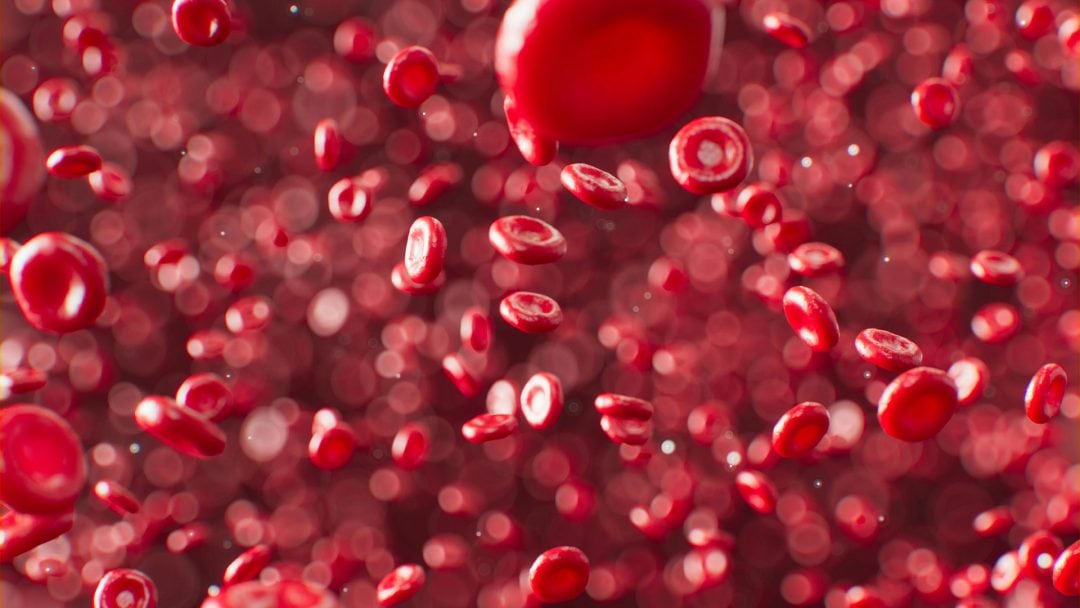Iron

Iron is one of the most important trace elements in the human body. It is a central component of the protein hemoglobin in red blood cells, which has the task of transporting oxygen through the body. Iron is also important for energy production, cell division and DNA synthesis. There are two different forms of iron: bivalent and trivalent iron. Trivalent iron has a lower bioavailability and is found in plant-based foods.
Iron supplements
With a balanced diet, iron supplements are usually not necessary. However, if the diet is not balanced or if there are other factors, such as intestinal diseases or increased blood loss, iron supplements should be considered.
The right way to balance the iron deficiency can only be determined after a precise and individual diagnosis. A doctor who has a lot of experience with the biology of the body and an understanding of iron metabolism can help you further.
Med. pract. Dana Hreus M.A.
When considering iron and imbalances in iron metabolism, the cause should always be kept in mind.

Further information
The information listed contains relevant topics and serves to improve understanding.